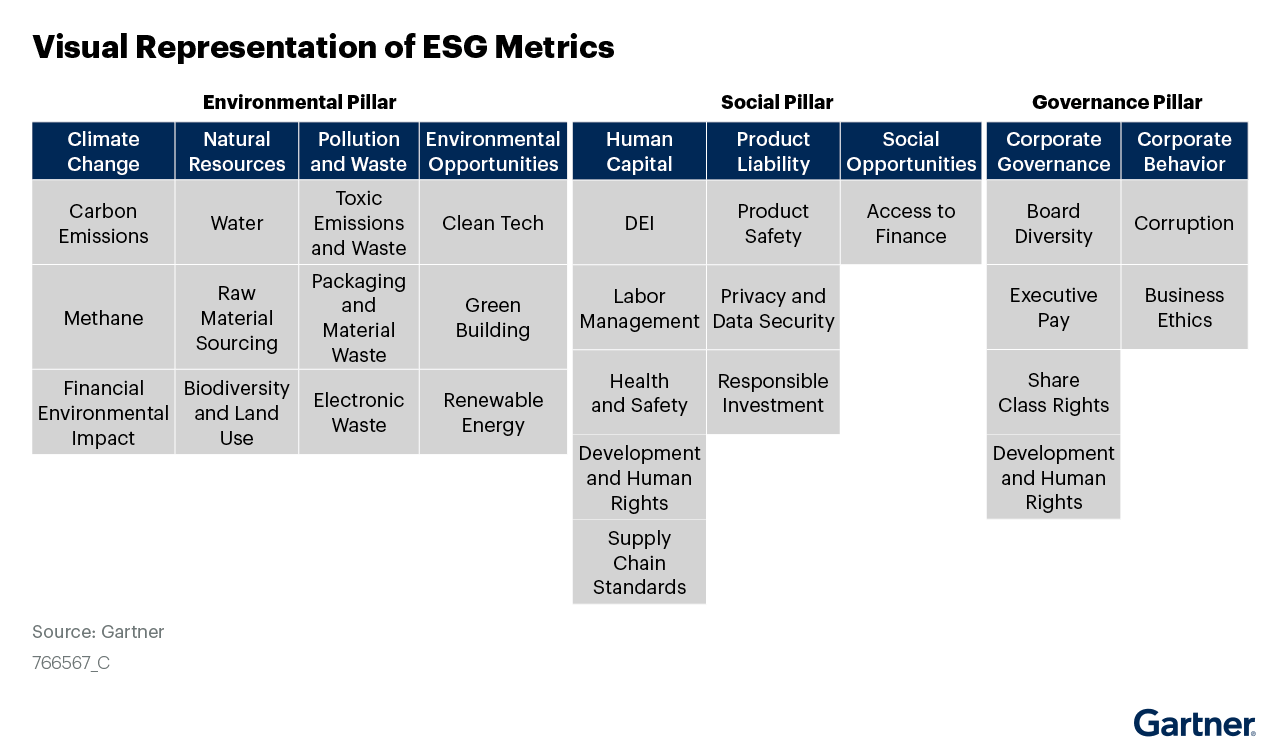
ESG (Environmental, Social, and Governance) has become a high priority for many organizations as they strive to align business practices with global sustainability and ethical standards. In fact, Gartner reports that among all organizations within the S&P 500, 99% issued at least one ESG report in 2022.1 And as automation initiatives become increasingly widespread, it’s important to ensure that they’re designed and implemented in a way that promotes ESG principles. This is where human centered automation comes in.
We’ve covered human-centered automation in greater detail elsewhere, but in a nutshell, it’s an approach to automation that considers the human’s role in each step of the automation process, connecting humans with the power of machine learning to create better outcomes for companies, customers, and the world.
So how does human-centered automation relate to ESG?
Human-centered automation can play a critical role in ESG initiatives by ensuring that technology is developed and used in a way that prioritizes the well-being of employees, communities, and the environment, while also supporting organizational goals.
In this blog post, we’ll explore the ways that human-centered automation can support ESG initiatives, as well as the challenges and considerations that come with implementing human-centered automation.
How Human-Centered Automation Promotes ESG
Companies that score well on ESG criteria are often viewed as being more sustainable, ethical, and responsible, and are therefore more attractive to investors and consumers who prioritize these values—so it comes as no surprise that initiatives prioritizing ESG have surged in popularity. And as ESG becomes increasingly important in business and investment decision-making, organizations are looking for ways to measure their ESG performance. The image below from Gartner highlights the many areas where businesses have started measuring how their ESG efforts stack up.

For organizations pursuing greater ESG adherence, human-centered automation has the potential to greatly enhance these efforts by providing numerous benefits. Here’s how it contributes to each category.
Environmental
Human-centered automation can help reduce a business’ environmental impact by increasing efficiency and reducing resource consumption. Take document processing, for example. A human centered approach recognizes that physical paper processes take an environmental toll. As such, solutions can be designed to minimize physical paperwork and the transport of documents.
By building these systems with a focus on human needs and preferences, it encourages their adoption and widespread use, leading to a positive impact on the environment.
Social
Human-centered automation provides social benefits by improving the quality and accessibility of products and services, and by creating new job opportunities.
Continuing with the document processing example, intelligent document processing systems can automate routine tasks, freeing up human workers to focus on more complex and rewarding responsibilities. Additionally, automation can help improve the accessibility and affordability of products and services, particularly where there may be shortages of skilled labor.
Governance
Human-centered automation can also contribute to good governance by improving transparency and accountability in various systems and processes.
For example, machine learning algorithms can be used to analyze large datasets and identify patterns and trends that may be difficult for humans to identify. This can help to expose problems and issues that may have previously gone unnoticed, and can inform the development of more effective policies and practices.
Challenges and Considerations for Implementing Human-Centered Automation

While there are many benefits to human-centered automation, there are also challenges and considerations that come with its implementation. Here are somethings to keep in mind when pursuing a human-centered approach to automation.
Balancing Automation with Human Decision-Making
One of the challenges of implementing human-centered automation is ensuring that it complements and supports human decision-making, rather than replaces it. Automation can be used to make repetitive or dangerous tasks easier and more efficient, but it should never be relied upon to make critical decisions that affect the well-being of employees or the environment.
It’s important to establish clear guidelines for when automation should be used, and when human decision-making should be relied upon.
Ensuring that Automation Benefits All Stakeholders
Businesses interested in pursuing human-centered automation for its ESG benefits must ensure that it benefits employees, communities, and the environment. Automation should not be implemented in a way that negatively impacts these groups, such as by creating job loss or exacerbating inequalities.
Additionally, automation solutions that use machine learning must be carefully monitored to avoid perpetrating harmful biases.
Addressing Ethical and Privacy Concerns
Finally, there are important ethical and privacy concerns that must be addressed when implementing human-centered automation. Automation should be transparent and accountable, with clear processes for monitoring and reporting on its performance.
Privacy must be protected, with data security measures in place to prevent unauthorized access or breaches. These concerns must be taken into account when implementing automation, in order to ensure that it’s used in an ethical and responsible manner. For this reason, automation initiatives are often accompanied by the creation of AI ethics committees.
Better Results Ahead
While human-centered automation provides numerous benefits for ESG initiatives, it’s important to consider the challenges and considerations that come with its implementation. By balancing automation with human decision-making, ensuring that it benefits all stakeholders, and addressing ethical and privacy concerns, organizations can implement human-centered automation in a way that supports ESG goals.
The future of human-centered automation and ESG is bright, and organizations that embrace it will be well positioned to drive positive change and meet the demands of a rapidly changing world. To learn more about taking a human-centered approach to automation, be sure to check out one of our on-demand product demos.
Gartner, “ESG by the Numbers: Benchmarking ESG Disclosures”, March 15, 2022

